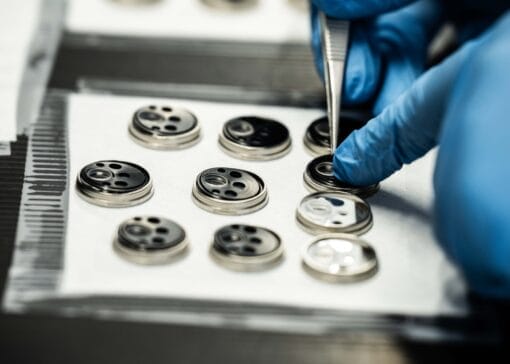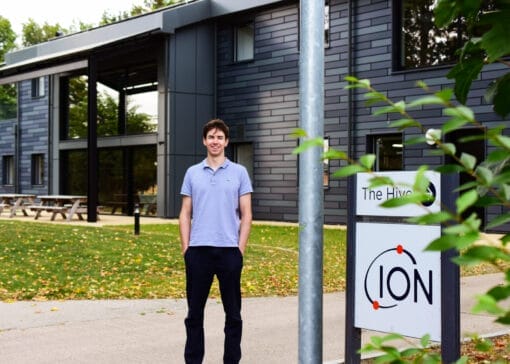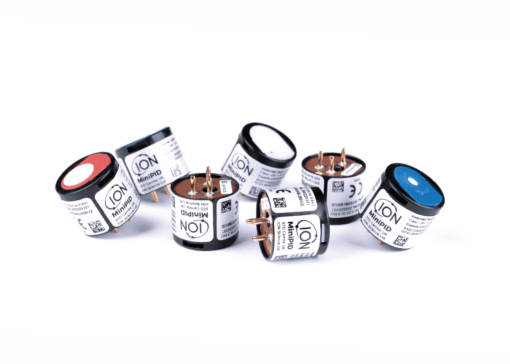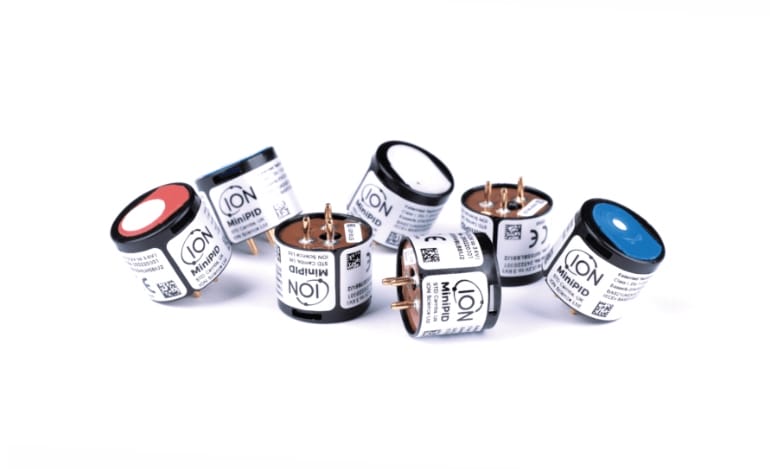
ION Science, a leading global manufacturer of photoionisation detection (PID) sensors for VOC monitoring, further invests in manufacturing technology.
Webinar: VOC detection – why, how, what, where & when
Following the recent construction of a purpose-built £4.5 million facility, significant investment continues into building the new ION Technology Centre for future innovation, to maintain ION’s position as an industry leader. This sustainable, environmentally focused facility enhances ION’s vision of protecting lives and preserving the environment.
“This investment is a good example of the advantages that can be gained from being a privately owned, independent company. We are free from corporate requirements dictating what should be in our technology portfolio, and we are able to invest in our own resources for the benefit of our customers,”
The expansion of ION’s facilities will further optimise and automate critical processes in sensor manufacturing.
“This will enable us to fulfil our commitment to enhance the repeatability and stability of our products; quality measures for which our sensors are already world-renowned. We strongly believe that the freedom to focus on quality and standards allows us to offer the world’s best PID sensors, and with the largest global market share, it would appear that our customers agree.”
continues Duncan Johns, Managing Director.
There are several key factors that underpin the levels of sensor quality that ION is able to deliver as an independent company. These are:
- the widest range of PIDs in the world
- the only fail-safe PIDs on the market
- the best available temperature stability
- the best available humidity stability
- the most sensitive PIDs on the market
ION Science is able to assert that it offers the world’s widest range of PIDs because, unlike those companies that adopt a ‘one-lamp-fits-all’ policy, ION designs, develops and manufactures 10.0, 10.6 and 11.7 eV lamps.
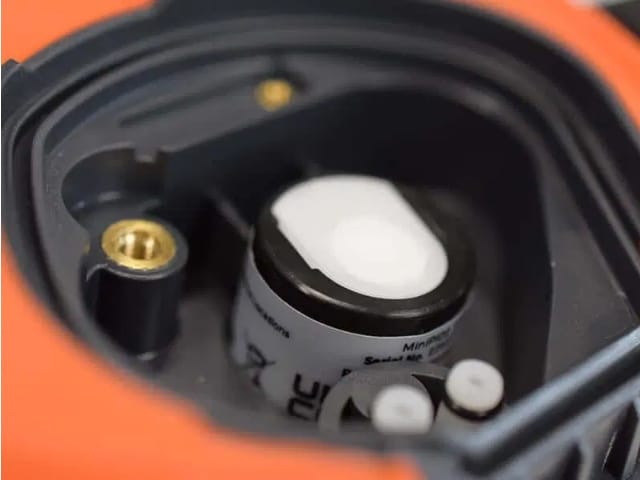
This is crucially important for OEMs because it means that their measurement capabilities are not restricted to compounds with an ionisation energy lower than 10.6 eV, for example. Therefore, ION’s customers are able to choose the best lamps for their applications, which improves sensitivity and widens the range of VOCs that can be measured.
Uniquely, ION’s PIDs (MiniPIDs) incorporate an ASIC chip, which continuously monitors lamp and sensor performance, providing fail-safe assurance of sensor health. The ASIC manages the sensor to give exceptional temperature stability to deliver a stable signal from -40 to +65 oC.

Graph 1 – Without a fence electrode, PID gives false positives when humidity increases when contamination is present.
Humidity is a major challenge for many PID manufacturers, however, all of ION’s MiniPIDs have a patent-protected design with a third electrode that overcomes this challenge, delivering a stable signal from 0 – 99% RH.
Humidity is a major challenge for many PID manufacturers, however, all of ION’s MiniPIDs have a patent-protected design with a third electrode that overcomes this challenge, delivering a stable signal from 0 – 99% RH.
Integration support is crucially important for OEM customers, especially in the early days of their partnership with ION, so this is a key focus for the company. As the developer and manufacturer of the world’s leading PIDs, ION is able to offer support at any level but to avoid complacency, customers are also surveyed to check that ION is meeting, and exceeding expectations.
Product cost is of course a major consideration for PID customers, and the MiniPID lamps and stacks are fully serviceable in the field. This reduces lifetime cost, which also benefits end-users.
Summarising, Duncan Johns says:
“As a private company, our independence means that we are free to continuously invest in our market-leading technologies. When OEMs integrate a PID Sensor in their products, it is their brand reputation that is at stake, so ION’s customers benefit from the assurance that every MiniPID provides high quality, reliable results. For that reason, we know that when it comes to PID sensors, ION is the only sensible choice.”
Please get in touch if you have any further questions on ION’s unique PID technology:


